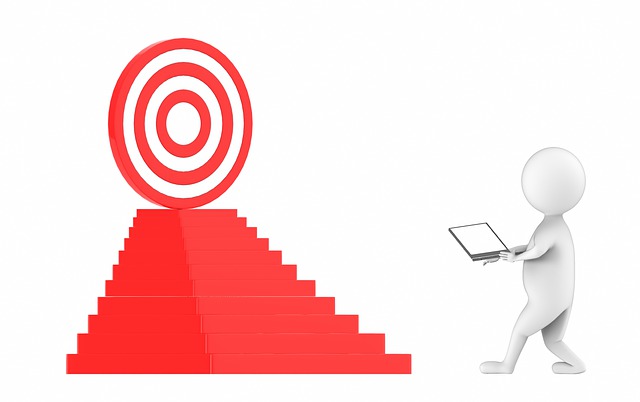
Personality Development
Personality is what makes a person a unique person and it is recognizable soon afterbirth Personality development is the development of the organized pattern of behaviors and attitudes that makes a person distinctive. Personality development occurs by the ongoing interaction oftemperament, character, and environment. A child’s personality has several components: temperament, environment and character. Temperament is the set of genetically determined traits that determined the child’s approach to the world and how the child leams about the world. There are no genes that specify personality traits, but some genes do control the development of the nervous system, which in turn controls behavior. A second component of personality comes from adaptive patters related to a child’s specific environment. Most psychologists agree that these two factors – temperament and environment-influence the development of a person’s personality the most. Temperament, with its dependence on genetic factors, is sometimes referred to as “nature,” while the environmental factors are called “nurture. “Finally, the third component of personality is character-the set of emotional, cognitive and behavioral patterns learned from experience that determines how a person thinks, feels, and behaves. A person’s character continues to evolve throughout life, although much depends on inbom traits and early experiences. Character is also dependent on a person’s moral development . Infancy, during the first two years of life, an infant goes through the first stage: Learning Basic Trust
. Well-nurtured and loved, the infant develops trust and security and a basic optimism. Badly handled, the infant becomes insecure and learns “basic
mistrust. “Toddlerhood; The second stage occurs during early childhood, between three to four years of age. It deals with Learning Autonomy. Well-
parented, the child emerges from this stage with self-confidence, elated with his or her newly found control. The early part of this stage can also include stormy tantrums, stubborness, and negativism, depending on the
child’s temperament. Preschool:The third stage occurs during the play age,” or the later preschool years from about three to entry into formal school. The developing child goes through Learning Initiative. The child learns to use imagination, to broaden skills through active play and fantasy, to cooperate with others, and to lead as well as to follow. If unsuccessful the child becomes fearful, is unable to join groups, and harbors guilty feelings. The child depends
excessively on adults and is restricted both in the development of play skills and in imagination School age. The fourth stage, Learning Inferiority, occurs during school age, up to and possibly including junior high school. The child learns to master more formal skills like relating with peers according to rules, progressing from free play to play that is structured by rules and requires teamwork, learning basic intellectual skills At this stage, the need for self-discipline increases every year Adolescence: The fifth stage, Learning Identity, occurs during adolescence from age 13 or 14 Maturity starts developing during this time; the young person acquires self-certainty as opposed to self-doubt and experiments with different constructive roles rather than adopting a negative identity, such as delinquency. And after all these stages a personality
is all developed now the one who was in hands of parents has learnt walking, walking all alone through those tough times. One who can’t even hold the a pencil without teachers help one who can’t even speak properly is going to confront that world outside will speak to many people will be typing on the laptop keys. but this good and positive development is only possible
if those hands who formed them always stay with them… always hold them and guide them in bad times.
